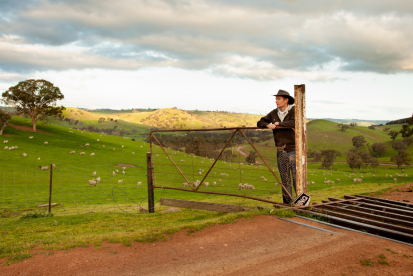Essential as it is, building a 12-month cash flow model can feel overwhelming; it's hard to know where to start. Therefore, we have created a 6-step recipe for an excellent cash flow forecast to make your job easy.
This recipe's principle involves working from your biggest certainty to the biggest uncertainty. For example, there is usually good surety around the amount and timing of your rent, but a high unpredictability in your sales income in six months.
1. Fixed capital payments
The easiest place to start is fixed capital payments. These are financial payments you have committed to a financier or supplier for a previously agreed amount at a previously agreed time, like loan repayments. They could also be capital purchases you have agreed to make at a future time, such as purchasing new equipment four months from now.
2. Fixed overheads
Next, fill your fixed overheads. These are the costs your business will incur even if you do not buy or sell products or services for 12 months. Good examples are:
- Rent
- Accounting fees
- Electricity
- Interest on loans
- Rates
- Insurance
These costs are relatively stable over time. You can usually import these costs from the last 12 months actuals and adjust them as required.
3. Attributable overheads
Attributable overheads are neither variable nor entirely fixed costs. They relate to your business's particular function, product, service, or strategy; you won't incur them if you stop providing this product or service. Good examples include wages and staff training.
It is sometimes hard to decide if an expense is fixed or an attributable overhead. Don't stress too much about it. It's just a way of evaluating your costs, particularly for changes like business expansion or changes in products or services offered.
4. Capital receipts
Before moving to other expenses, fill in your capital receipts. Capital Receipts are the income you will receive from the sale of capital. For example, if you plan to sell a piece of equipment in seven months, you would enter it now.
5. Forecast income
Forecasting income is the most challenging part because it has the greatest uncertainty. Usually, the numbers are aspirational targets; you cannot budget for them with certainty. We recommend spending extra time here.
If you have been trading for over 12 months, start with your income from last year. For every month, ask yourself if you expect this figure to remain stable, increase or decrease. You must ground the truth in these assumptions against your business plan and the macroeconomic climate. Remember, all of these figures are just a starting point and will need to be constantly adjusted. We recommend not to be aspirational and highly realistic.
6. Variable costs (Cost of Goods Sold)
Variable costs are left to the last as you only incur them with the supply of goods or services. You must first complete your income forecast, including the volume of goods or services sold. Before forecasting this volume, you must buy or fund your Cost of Goods Sold (COGS). For example, if you plan to sell 200 widgets for $1000 each in July, you must budget to buy at least 200 at $600 each in May.
Timing is everything
Timing is the most critical element of any cash flow forecast. It is not the date you buy or sell a product or service that matters, but the date the cash enters or leaves your bank account. And you must adjust all your figures to reflect it.
Using the example above, if you sold 200 widgets in July on a 30-day account, the money would not enter your account until August. If you purchased those same widgets as stock in May on a 30-day account, the cash would not leave your account until June.
You have the recipe for building a comprehensive cash flow forecast for your farm business. Next, examine your bottom line (Net Cash Flow). Review the peaks and troughs in your cash flow over the year and adjust forecast income and expenses to suit your working capital restrictions.
Discover the Agrimaster advantage by joining the thousands of farmers and industry professionals across Australia today!




